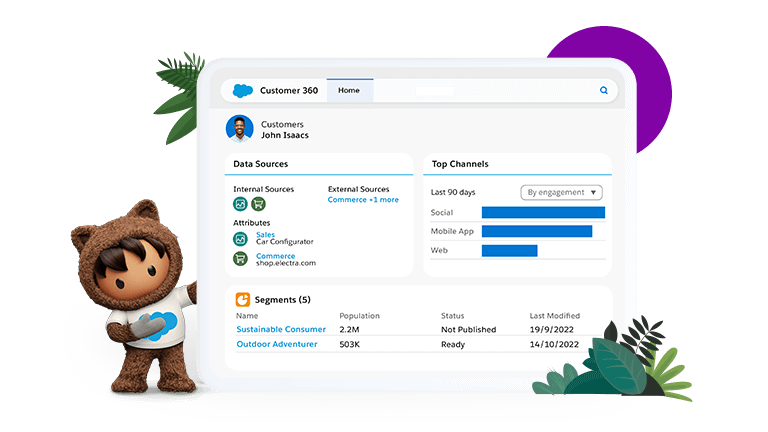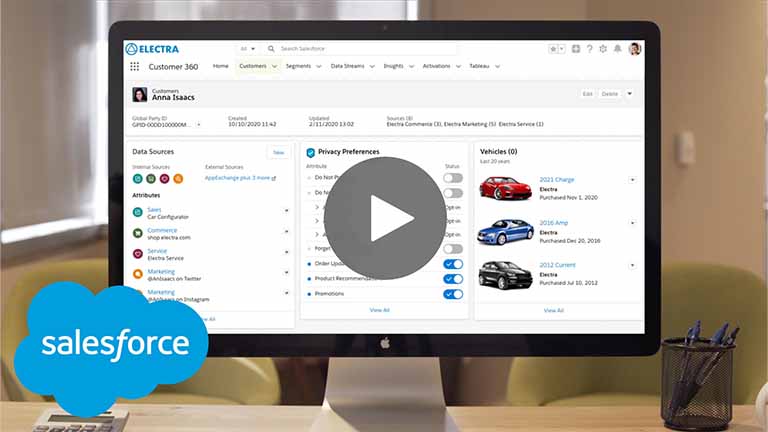Companies believe customer data builds a better customer experience

Companies are having trouble using customer data

And with the customer data they do have, companies across the industry are having trouble putting it to good use. In fact, only 46% of companies report having comprehensive data. Why is there a gap for the rest? In many cases, it’s because their customers’ profile data, transaction history, and customer service cases are siloed in different systems. This limits their ability to analyze data from an enterprise perspective. Making matters more complicated is that 58% of companies report that not all of their customer data is accurate and updated in real time.
These issues also prevent companies from delivering timely and relevant communications. Only 26% of captive finance companies and 22% of OEMs and retailers can personalize communications across channels like email and text — something that 73% of customers already expect. This kind of messaging drives incremental sales and margin, according to 87% of executives surveyed. Yet according to our research, 78% of OEMs and retailers report they cannot customize communications based on specific accounts or even customer complaints.
Connected vehicle data lights the road ahead

“With the advent of connected vehicles, I see several opportunities to remain competitive and to build and enhance existing customer relationships while creating new ones.”
Respondent ranking of the types of first-party data that would help improve customer service

In which areas of connected vehicle customer experience is your company investing?


Article
How Better Connections Between OEMs and Dealers Drive Better Connections with Customers

White Paper
OEM Evolution: A new customer journey for new customer expectations

Article
What is Zero-Party Data?
Next: Part 3: Research and development investments are pressuring margins like never before.
Find out:
- Why electric vehicle development is the biggest threat to profitability
- How subscriptions and partnerships help maintain profits
- Where companies are investing next








